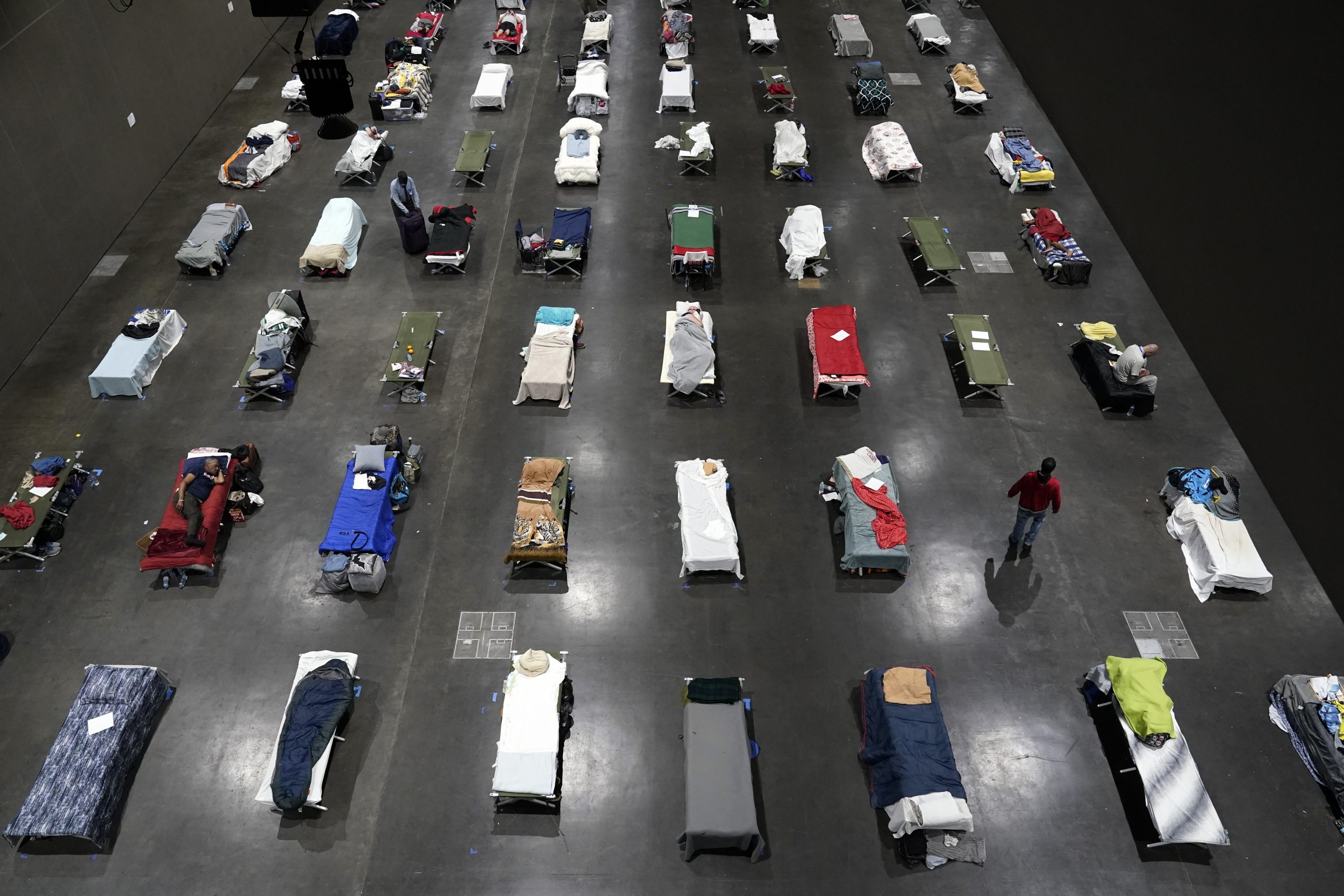The Biden administration will begin temporarily housing unaccompanied migrant children in the San Diego Convention Center as it struggles with an unprecedented influx of arrivals at the U.S.-Mexico border, according to a government spokesperson.
A Department of Health and Human Services Office of Refugee Resettlement spokesperson said in an email Wednesday that it will soon open an “emergency intake site” to hold up to 1,400 children in downtown San Diego, approximately 20 miles north of the international border. It is the fifth pop-up facility set up to accommodate thousands of children arriving at the border weekly since President Joe Biden took office in late January.
“The Emergency Intake Site will provide ORR with needed capacity to accept children from Customs and Border Protection (CBP) into its care where they can be safely processed, cared for and either released to a sponsor or transferred to an appropriate ORR shelter for longer-term care,” the official wrote.
BORDER DEMOCRAT CALLS ON BIDEN TO RETURN UNACCOMPANIED TEENAGERS TO MEXICO
The convention center will hold to standards outlined in the Flores settlement agreement that maintain children be given clean and comfortable sleeping spaces, meals, toiletries, and access to laundry and medical services. All children will be screened for the coronavirus, though HHS did not specify how soon after entering its custody the screenings would take place.

The convention center has previously hosted the world-famous Comic-Con gathering. Last summer, it was turned into a shelter for the homeless.
Border Patrol officials in San Diego are not seeing major upticks in the number of single children coming across the border compared to areas like the Rio Grande Valley of Texas, which has seen 10 times more children over the past 10 months. HHS did not reveal if it will be accepting children apprehended at other parts of the border to the San Diego Convention Center.
Other HHS facilities have been stood up in Texas cities Midland, Carrizo Springs, and Pecos. The Dallas convention center has also been transitioned to hold children without parents.

HHS is working to make 13,500 beds available for children nationwide. As of late last week, it had 9,500 children in its care. The record stands at 14,226, set in December 2018. Another 4,500 are in U.S. Border Patrol custody waiting to be transferred to HHS.
The uptick of children follows the Biden administration’s decision in January to stop returning the minors to Mexico, as was the policy in the final 10 months of the Trump administration.
Border officials anticipate that 117,000 children will arrive without parents or guardians in 2021. The number is higher than the 68,000 taken into custody during the 2014 surge of unaccompanied children and the 80,000 who arrived during the humanitarian crisis at the border in 2019.
CLICK HERE TO READ MORE FROM THE WASHINGTON EXAMINER
When children cross the border between land ports of entry intended for use by vehicles and pedestrians, they are taken by Border Patrol agents to regional stations for processing. The stations were built to hold adults for no more than three days before they are transferred to other agencies or returned south of the border. Children are to be turned over to HHS quickly, which oversees shelters where children will be held an average of one month while the government looks for adults based in the United States who can claim custody of the children. All children will go through immigration proceedings in court, but the process can take years due to a significant backlog.

